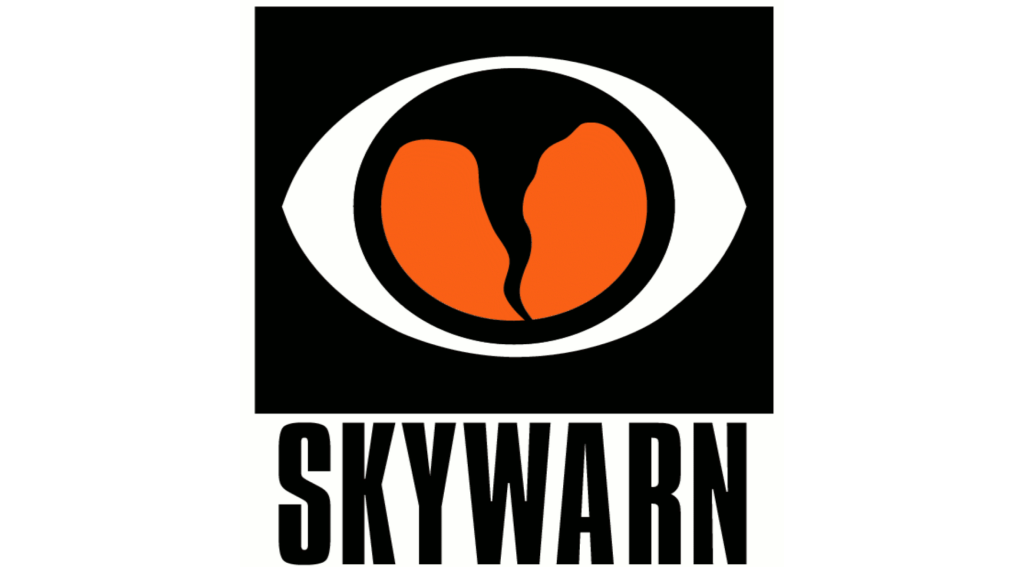What is SKYWARN?

SKYWARN is a volunteer program organized by the National Weather Service (NWS) that trains individuals to report severe weather conditions. This network of trained storm spotters provides vital ground reports that help meteorologists issue more accurate and timely warnings, ultimately protecting lives and property.
Key aspects of SKYWARN
- Volunteer-driven: SKYWARN includes people from all walks of life—law enforcement, firefighters, EMS, amateur radio operators, and everyday citizens—who want to help keep their communities safe.
- Training: Participants learn from NWS meteorologists how to identify and report hazards like tornadoes, severe thunderstorms, large hail, damaging winds, and flash flooding.
- Reporting: Spotters give real-time “ground truth” reports to NWS offices, supplementing data from radar and satellites.
- Impact: These reports lead to faster, more accurate warnings, giving people more time to seek shelter.
How to become a SKYWARN spotter
- Attend a training session: Local NWS offices offer free classes, often 1.5 to 2 hours long. Many now provide virtual options.
- Try online courses: Some areas accept MetEd COMET online training.
- Who can join: Most programs are open to anyone, typically 16 or 18 years and older. Access to a phone or amateur radio is helpful for relaying reports.+
Frequently asked questions about SKYWARN
Besides severe storms, what else do SKYWARN spotters report?
In addition to tornadoes and severe thunderstorms, SKYWARN spotters often report:
- Winter weather hazards like heavy snow or ice
- Flooding from heavy rain or rapid snowmelt
- Reduced visibility from dust storms or smoke
How do spotters help the NWS?
Spotters provide critical ground reports that confirm what radar and satellites suggest—or reveal hazards that radar can’t detect. This helps meteorologists verify warnings and issue them with more confidence and speed.
What clues do spotters look for to identify severe weather?
Spotters are trained to watch for:
- Rotating wall clouds or funnel clouds (possible tornado precursors)
- Large, dark, low-hanging clouds
- Hail sizes (often compared to coins or balls)
- Wind damage or debris
- Rising water in creeks or streets indicating flash flooding
How do SKYWARN spotters communicate with the NWS?
They often report via:
- Amateur (ham) radio nets linked directly to the NWS
- Phone calls to local NWS offices
- Online reporting tools
- Social media posts (some offices monitor these for confirmed spotters)
Why SKYWARN matters
While advanced radar and satellite technology are essential tools, spotters give meteorologists the on-the-ground details needed to warn the public effectively. Thanks to SKYWARN, communities get more accurate, timely alerts that save lives and reduce property damage.
Want to get involved?
Visit your local NWS office website to find a SKYWARN training class near you or learn more about online options. Becoming a spotter is a simple way to give back and help keep your community safe.